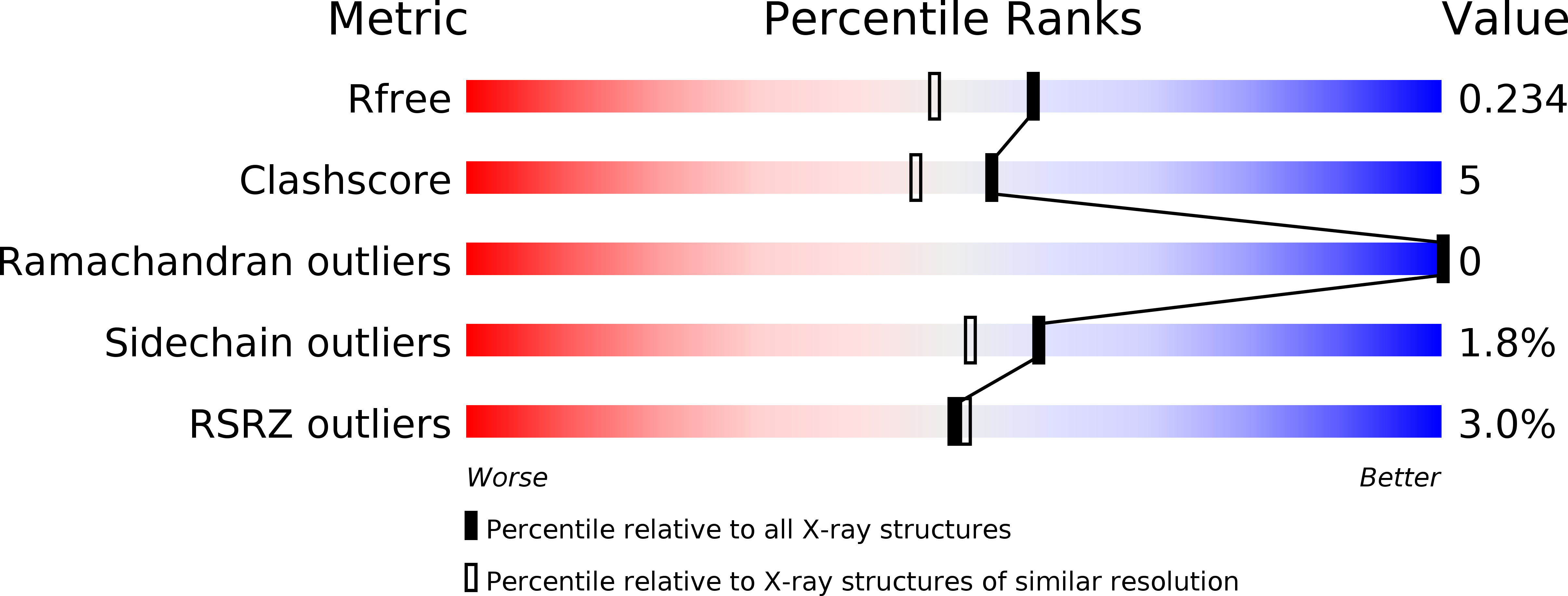
Deposition Date
2006-02-10
Release Date
2006-03-28
Last Version Date
2024-02-14
Entry Detail
PDB ID:
2FZP
Keywords:
Title:
Crystal structure of the USP8 interaction domain of human NRDP1
Biological Source:
Source Organism:
Homo sapiens (Taxon ID: 9606)
Host Organism:
Method Details:
Experimental Method:
Resolution:
1.87 Å
R-Value Free:
0.23
R-Value Work:
0.16
R-Value Observed:
0.17
Space Group:
P 21 21 21


